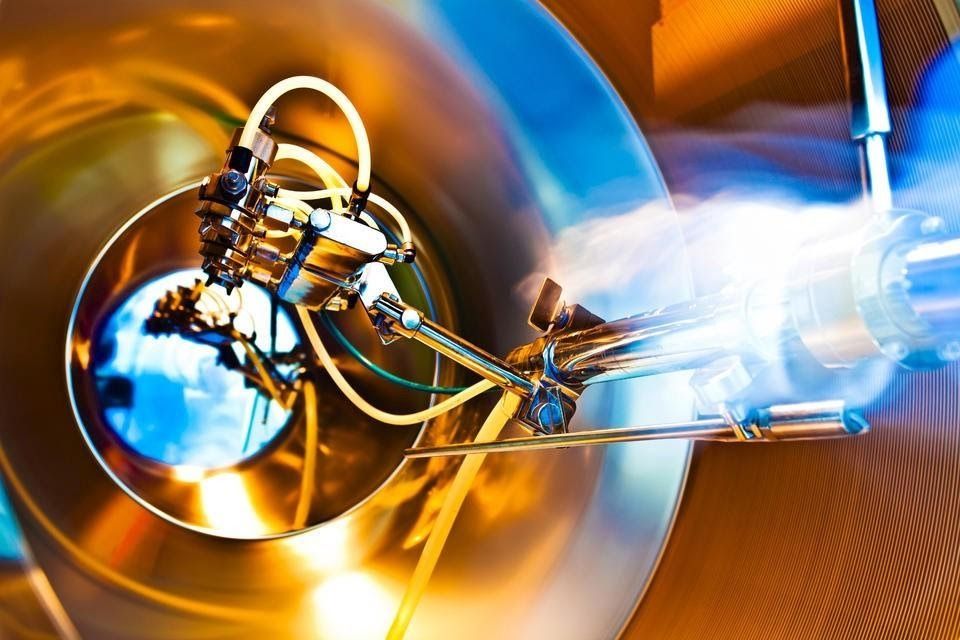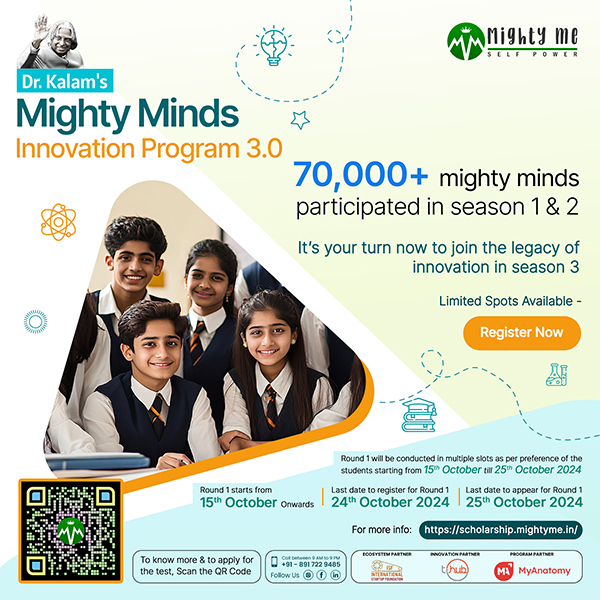Manufacturing is directly proportional to a country’s economic growth and its crucial.
The link between manufacturing and economic growth is critical. For every dollar spent in Manufacturing, Its adds to the economy this is the most massive multiplier of any sector.
Investment on manufacturing attracts jobs, opportunities & growth to the industry. That said, The industry is transforming and getting smarter every day.
We will have to understand what is Smart Factory when we are on the cusp of the Fourth Industrial Revolution.
Smart Manufacturing has different elements such as interventions of emerging technologies to mitigate the gaps which would enhance the growth, bringing innovation to the entire manufacturing lifecycle, an increase in public, private partnership (PPP).
Smart Factories, Smart Workers
New technologies such as Industrial robotics, Drones, IoT, 3D printing, Artificial Intelligence are on the verge of revolutionizing manufacturing.

Most of the manufacturers, around 71% are already adopting 3D printing in some way, while others, approximately 25 % expected to adopt in future.
The growth of these emerging technologies are on the verge of becoming the mainstream
Manufacturing jobs are becoming increasingly high-tech, requiring a demand for more advanced skills, and as a result, many manufacturers see the talent shortage worsening in the coming years.
However, development in technology and innovation comes with more globally competitive industry and a more robust economy and an increase in skilled jobs results in higher wages. Many manufacturers also believe that the adoption of advanced manufacturing technologies will result in hiring additional employees. The industry is seeing advanced manufacturing as a job creator, not a job killer.
Technologies of Industry 4.0 in Smart Factory
The manufacturing practice adopted by smart factories — smart manufacturing — is the most optimized application of technologies arising from the fourth industrial revolution known as Industry 4.0.
Smart factory is not about deploying one software across the entire shop floor and seeing immediate improvements in the production process. A combination of various Industry 4.0 technologies contribute to the optimization of smart manufacturing. Here are the five most important enabling technologies:
1. Industrial IoT (IIoT)
IIoT refers to interconnected devices, machines, and/or processes that are linked by data communication systems to facilitate the exchange and the use of data between people and machines. Typically, these instruments have sensors that collect meaningful data points on a cloud or off-line database for tracking and identifying ways to improve the manufacturing process. IIoT enables operational efficiency, control, and visibility into actionable key metrics.
2. Sensors
Sensors attached to devices and machines help collect distinct data points at specific stages of the manufacturing process, providing instant visibility into various layers of the shop floor. For example, temperature sensors in a cleanroom can track and detect the climate in a lab and share that data through an IoT gateway. The data can then be used to self-correct with AI (Artificial Intelligence) or alert relevant team members for review.
3. Cloud Computing
Cloud Computing allows smart factories to store, process and share data with greater flexibility at a lower cost than traditional on-premise alternatives. Interconnected devices and machines on the shop floor benefit from being able to quickly upload large amounts of data that can be distilled to provide feedback and make decisions near real-time.
4. Big Data Analytics
The accumulation of data over time can provide insights into how efficient the production process is, which key metrics to focus on, and what systems are underperforming. The sheer size of Big Data can spot error patterns and run predictive quality assurance with high accuracy. The presentation and the timing of big data analytics — being delivered the right information at the right time — enables shop floors to improve optimally and quickly.
5. Benefits of Smart Factory
Smart factories optimize efficiency and productivity by extending the capabilities of both manufacturing devices and people. By focusing on creating an agile, iterative production process through data collection, smart factories can aid decision-making processes with stronger evidence.
By continuously improving the productivity of manufacturing processes, smart factories can lower costs, reduce downtime and minimize waste. Identifying and reducing misplaced or underused production capacities mean opportunities for growth without investing in additional monetary and/or physical resources.
Smart Levels: Four Levels of Smart Factory
These four levels of data structure can help you evaluate where you are on the progress to becoming a smart factory and what steps you need to take to make advancements to the next level.
Level One: Available Data
This is likely the current status of most factories. Data is available, but not accessible. Sorting and analyzing data requires manual work and can be highly time-consuming, adding more inefficiencies to the production improvement process than intended or needed.
Level Two: Accessible Data
At this stage, data is presented in a more digestible form. Data is structurally organized and sorted properly in one location with additional systems that help visualize data and display dashboards. The factory is able to perform proactive analysis, although this may still require some time and effort.
Level Three: Active Data
Active data means data that can perform proactive analysis using machine learning and artificial intelligence to generate insights without much human supervision. The system can pin key issues and anomalies to predict failures with high accuracy and inform relevant people with valuable insights at the right time.
Level Four: Action-oriented Data
At this stage, machine learning can generate actionable solutions to the issues that are identified in the earlier stages. The manufacturing machines and devices that are connected to this module or system can then execute those changes with no human intervention. Collecting data, identifying issues, and generating solutions happen in sequence with little to no human input.
Level One: Connected Data
The first step to enabling a Smart Factory is to connect your data and integrate disparate sources into a single source of truth that continuously gathers and tracks production data. With the data in one location and always available, problem-solving becomes almost frictionless. When an issue occurs, operators and engineers can access the data in the system using data visualizations and dashboards — essentially leveraging the system as a query engine. With easy access to all the data, engineers can answer questions quickly increasing plant productivity and agility that can weather changing environments.
In addition, a connected data infrastructure enables real-time monitoring, as well as remote monitoring, of the factory floor. This allows engineers to focus their time on addressing high-value issues such as process optimization, waste reduction or quality improvements. However, predictive analysis, which enables factories to make improvements before issues occur still requires a significant amount of time, effort, and engagement from engineers. To move to the next level, manufacturers must leverage machine learning technologies that enable predictive and prescriptive analytics.
Level Two: Predictive Analytics
At level two, the smart factory shifts manufacturing operations from reactive problem solving to proactive analysis and improvements. Predictive analytics enables operators and engineers to take preventative action to avoid significant downtime or quality failures.
By building on the previous level’s data architecture and adding new capabilities such as machine learning and artificial intelligence, manufacturers can predict and prevent problems on the factory floor. Machine learning technologies typically require three to six months of historical data for accurate predictions but allow you to start generating insights almost immediately depending on your product mix.
Predictive analytics, combined with a connected data infrastructure that aggregates all your production data, creates an intelligent system that quickly identifies insights and predicts failures more accurately. Real-time alerts deliver valuable information to the appropriate person allowing them to proactively take action. The main benefit of predictive analytics is that factory personnel do not have to query the system or perform manual process analysis in order to find the answers to solving production issues.
Level Three: Prescriptive Analytics
The third level of a smart factory takes production optimization one step further. Instead of predicting when failures might occur, machine learning technologies recommend settings through prescriptive analytics that allow you to optimize production. These setting recommendations not only allow you to replicate your most efficient runs more consistently but convert years of best practices from seasoned veterans into processes that new operators can follow.
By analysing historical production data, prescriptive analytics isolate the variables and production settings that contribute to your most profitable and least profitable runs. These recommendations are sent to engineers who can review the insights and make process changes to maximize throughput without sacrificing product quality. By following the recommended settings, manufacturers can eliminate inefficiencies and waste throughout their production lines as well as increase contribution margins.
Level Four: AI-Driven Automation
At level four, AI-driven automation deploys the recommendations identified by analysing manufacturing data. For example, a machine learning model will identify an optimization, then generate and send the recommended settings in real-time to the machine, where it is automatically executed. In such a closed-loop artificial-intelligence-controlled production line, the time it takes to execute on an insight discovered by the system becomes minimal.
Achieving level four requires datasets that are large enough and have enough validated cases to provide the information needed for the system to “know” the impacts of a production change. The time needed to move from level three to level four varies based on the amount of time it takes to gather the necessary datasets.
True AI-driven automation is still the technology of the future. There will always be benefits to having a person reviewing and accepting machine recommendations. However, it has tremendous benefits when it comes to hazardous operations. Dangerous processes or production elements that have previously needed an operator can be automated with an operator supervising from the side-lines which significantly reduces the likelihood of a safety incident.
Building A Smart Factory
Approaching Industry 4.0 and the move to a smart factory as a journey rather than a single project allows you to realize value at a much quicker rate. Building a proper foundation, through the right data infrastructure and data acquisition processes, allows you to scale your Industrial IoT initiatives at a much faster rate. Jumping straight into advanced analytics, while still having siloed data, results in data variability that can quickly become mired in complexity.
Predictive and prescriptive analytics, along with AI-driven automation, require both live and historical data in order to make accurate predictions. Additionally, machine learning technologies operate in a continuous loop as people, processes and data change. A step-by-step approach allows manufacturers to progress through a natural evolution.
In the earlier levels, you learn more about data systems in general and the data they need for their specific applications. As you progress, you’ll begin to amass the datasets needed to enable machine learning and artificial intelligence applications. Enabling predictive and prescriptive analytics then allows you to identify and execute production-process improvements based on data. With this methodical approach, manufacturers will build a smart factory more quickly and with less frustration.
The Future Of Manufacturing
The future of manufacturing lies within intelligent automation. In fact, IDC predicts that 20% of G2000 manufacturers will have transitioned to intelligent manufacturing by 2021, reducing execution times by up to 25%. As a result, these manufacturers will continually experience annual efficiency improvements that allow them to lower costs and improve margins.
Becoming a smart factory is a journey and not something that happens overnight. It’s important to begin taking steps towards digital transformation if you haven’t already started. Smart manufacturing is the future of manufacturing as it provides numerous benefits including increased productivity and better throughput without sacrificing product quality. The benefits are clear and the many resources available to provide insight and guidance make it easier and more accessible to start and continue your journey.
Know more about us, https://bit.ly/32VK49E.






